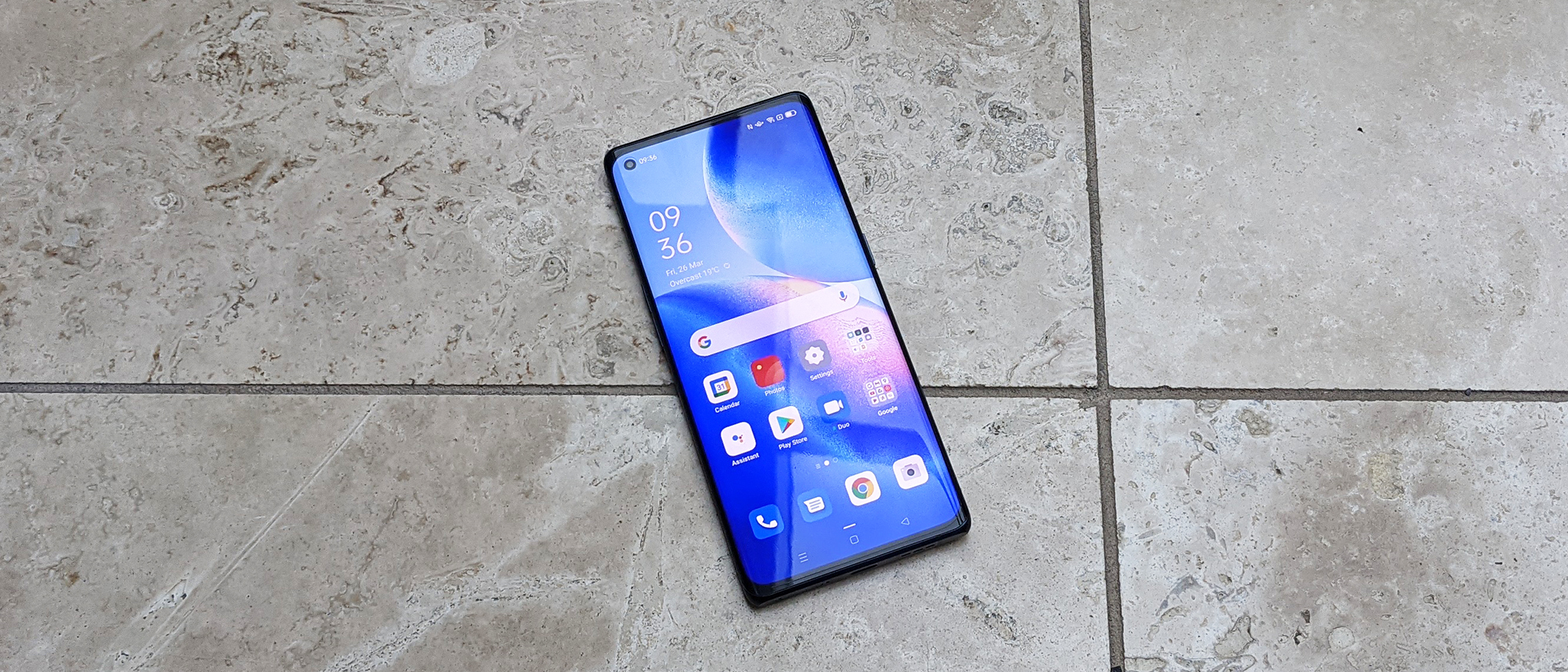TechRadar Verdict
The Oppo Find X3 Neo is a phone that appeals on many different levels, whether you're looking for something that takes great photos or that just looks great. It's a lot cheaper than the Pro model, but it might have made just one compromise too many along the way.
Pros
- +
Superb screen
- +
Excellent camera
- +
Stylish design
Cons
- -
No wireless charging
- -
Older processor
- -
No waterproofing
Why you can trust TechRadar
Two-minute review
Is the Oppo Find X3 Pro a little too rich for your blood? Well then may we introduce the Oppo Find X3 Neo, the mid-range model in the line – below the Pro but above the Oppo Find X3 Lite in terms of performance and price.
In many ways it gets close to the ideal mix of affordability and power, but exactly where that sweet spot is tends to be different for everyone.
Pitting the Pro directly against the Neo in the Oppo Find X3 range, the Neo we're looking at here has a slower Qualcomm Snapdragon 865 processor (versus the Snapdragon 888), a smaller 6.55-inch screen (versus 6.7 inches), and a less impressive rear camera.
For these and other more minor compromises (including no wireless charging support), you pay a not-insubstantial £400 less in the UK – the official retail price of the Neo is £699.
As well as an alternative to the Oppo Find X3 Pro, this handset is a successor of sorts to the Oppo Find X2 Neo, a phone that we were very much impressed with last year. Not a huge amount has changed on the newer model, though it packs more battery capacity, a faster processor, and a slightly improved rear camera.
The design has been upgraded too, in our opinion, but the Find X2 Neo still represents a good deal if you can find it on sale for a competitive price.
The highlights of the phone are undoubtedly its design – including a superb-looking screen – and the quad-lens rear camera. The camera might be a downgrade from the Pro model, but it's not a huge step down, and it's still capable of capturing some great photos and video for you. The Neo even takes low light scenes in its stride, and there aren't many other phones at this price point that are this good in the camera department.
Sign up for breaking news, reviews, opinion, top tech deals, and more.
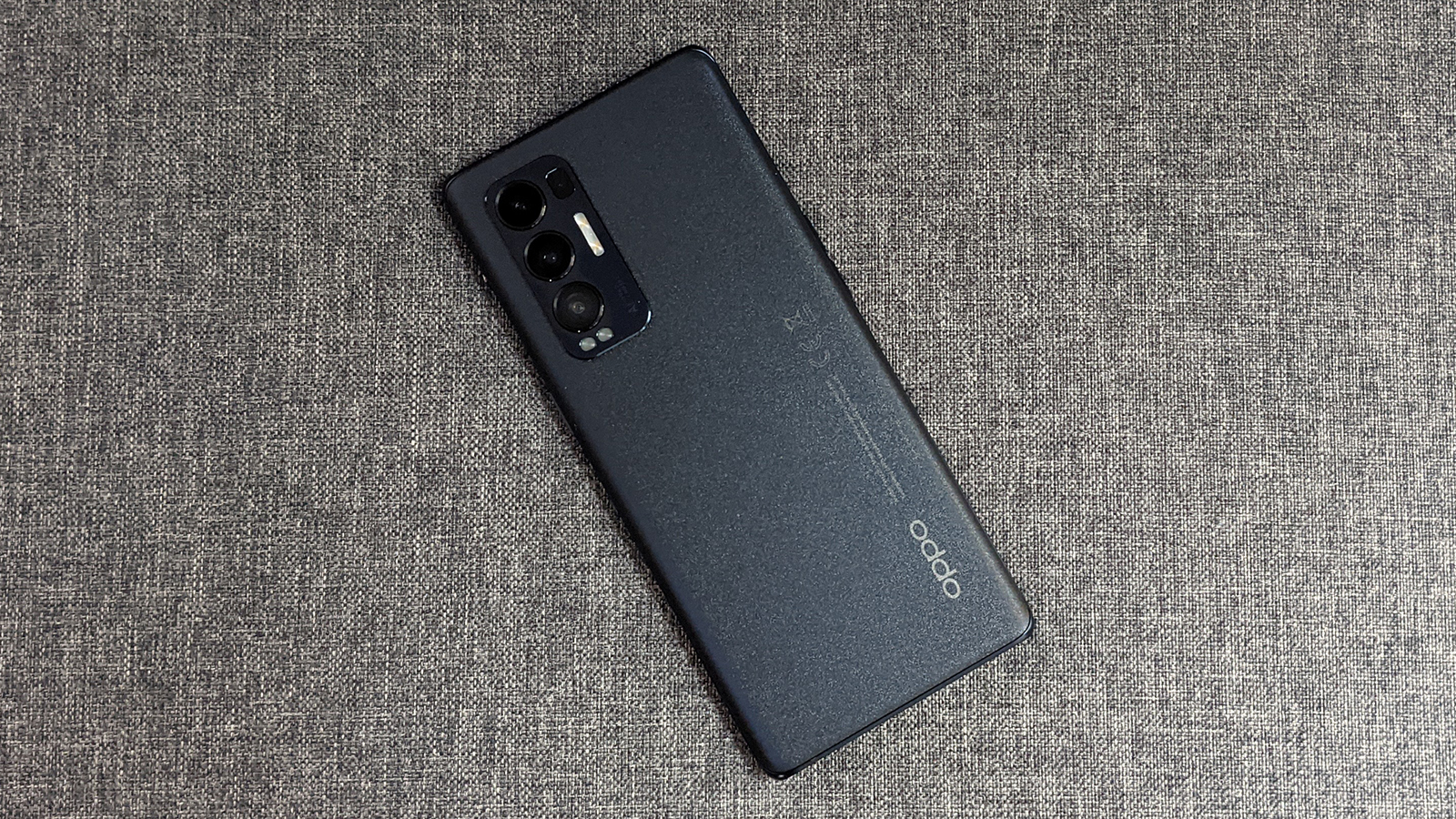
Speaking of price, it's perhaps just a touch on the high side – considering the phone comes carrying a processor that launched last year, and lacks wireless charging and IP68 waterproofing, you're spending a lot of money to get it. You can pick up the Pixel 5 and the OnePlus 9 for slightly less, the iPhone 12 mini for the same price, and the Samsung Galaxy S21 for a little bit more: there are a lot of great phones around for this amount of money.
The strength of the competition could be the biggest problem for the Oppo Find X3 Neo, because otherwise it's a fantastic phone that we really enjoyed using. If you're in the market for one of the best phones around this year, then we'd recommend taking a long, hard look at this one.
Oppo Find X3 Neo price and availability
- Available in the UK on April 14
- Retails at £699
- Not on sale in the US or Australia
You can preregister your interest in the Oppo Find X3 Neo now, but the phone doesn't actually ship until April 14. When it does arrive, it'll cost you £699 (around $950, AU$1,250) putting it firmly on the border between mid-range and flagship.
In the UK you can get the handset direct from Oppo and from networks including Three and EE, but there's no sign of the handset going on sale in either the US or Australia.
Design
- Stylish matte back
- Light and curved
- No waterproofing
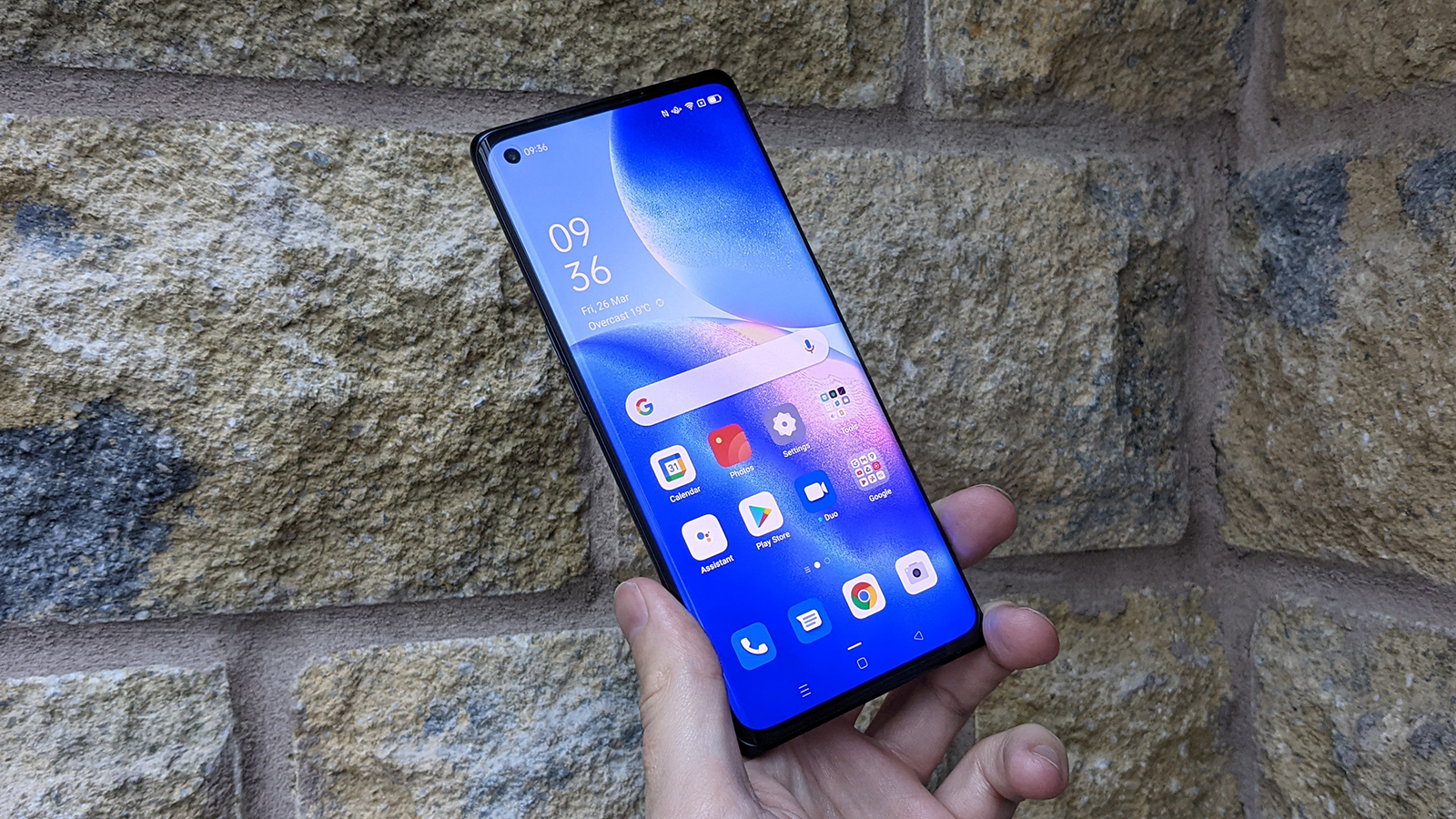
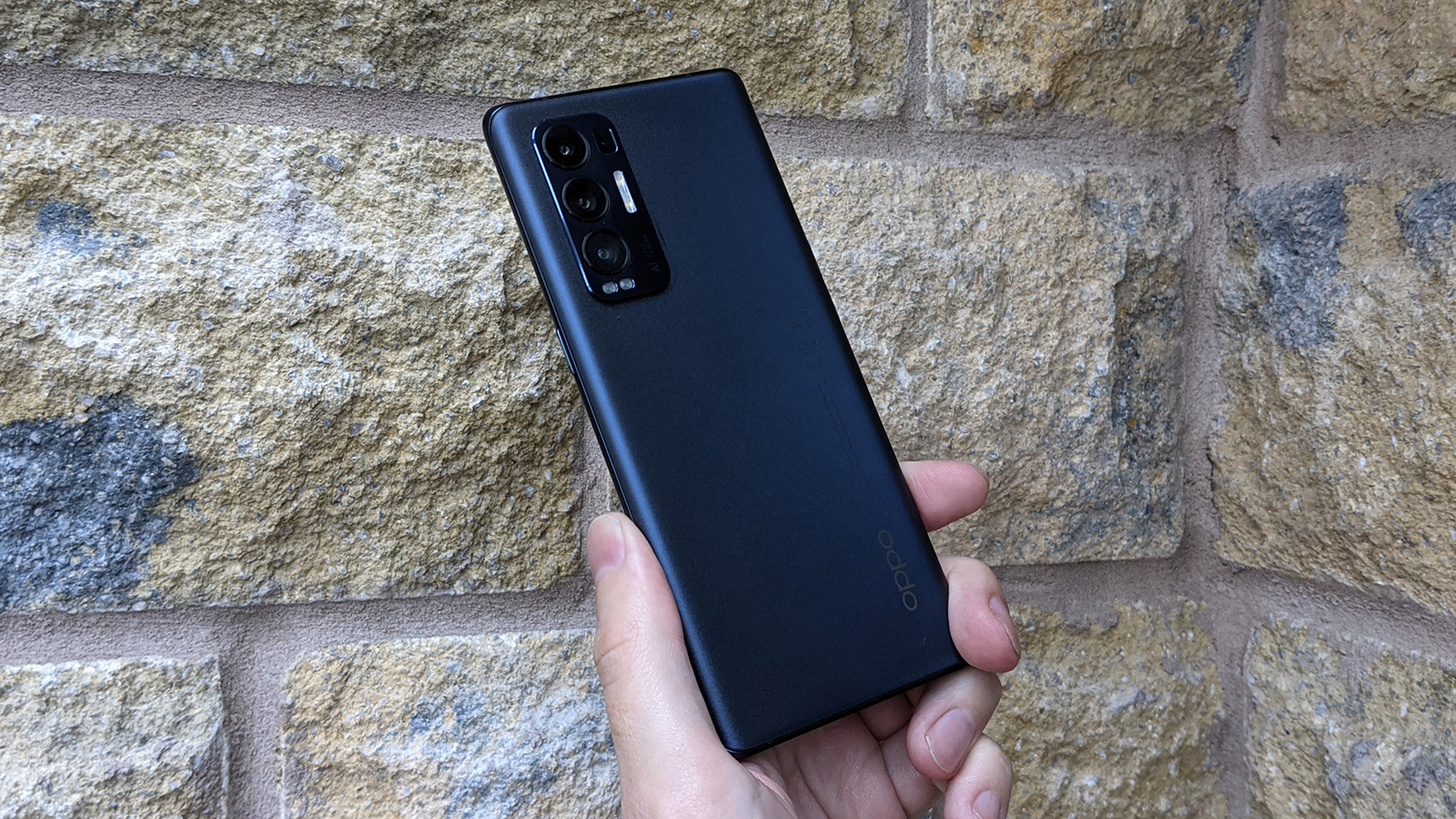
The Oppo Find X3 Neo is a fantastic-looking phone. It is – dare we say it – even easier on the eyes than the more expensive Pro model, with a textured, matte back to the casing that feels great to the touch and doesn't show every single fingerprint. We had the understated Starlight Black color for our review model, though a more glitzy Galactic Silver option is also available.
It's hard to find a single fault in the aesthetics of the phone. The front display is only interrupted by the punch hole, kept out of the way in the top left corner, while the rear camera array looks neat and compact. There is a noticeable camera bump, but it's not a major problem, and even the Oppo logo is tastefully handled. The fingerprint sensor is embedded under the front display, which again helps the minimal and clean aesthetic of the phone.
The curves and the lines of the handset are all in the right place, with a slight curve to the sides of the screen. The buttons – power on the right, volume on the left as you look at the Neo – are small but easily accessed, the overall size feels like it hits something of a sweet spot as far as today's smartphone market goes: big enough to hold its own, but not so big that you're going to struggle to hold it one hand.
Those dimensions in full are 159.9 mm x 72.5 mm x 8 mm (that's 6.3 inches x 2.9 inches x 0.3 inches), and at 184 grams the phone is just a touch lighter than the Pro. Another difference from the Pro is that there's no IP68-rated protection against water and dust – that cost cutting has to come from somewhere, after all, so you'll have to be a little more careful when carrying the phone along the beach or across the bathroom.
One of the best plaudits we can give to the Oppo Find X3 Neo is that it feels like a premium phone when you pick it up and use it. It's not exactly a cheap phone of course, but it can definitely hold its own against the Samsung Galaxy and Apple iPhone handsets of the moment, which is credit to what Oppo has managed to put together here.
Display
- 6.55-inch AMOLED screen
- 90Hz refresh rate
- Supports HDR10+ in apps
The display on the Oppo Find X3 Neo is something of a stunner: bright and vivid and crisp. It's 6.55 inches corner to corner, and runs at a resolution of 1080 x 2400 pixels, which is all you really need at this size. The 90Hz refresh rate adds a touch of extra smoothness, while the HDR10+ support means colors always stay well balanced and details always stay visible in streaming apps like Netflix and Prime Video.
There's nothing bad to say at all about the screen, though you'll need to be a fan of displays with a slight slope around the sides to really appreciate the Neo. The only interruption is the punch hole for the selfie camera, and the phone comes with a thin, transparent protector on the screen as well, which you can either leave in place or peel off.
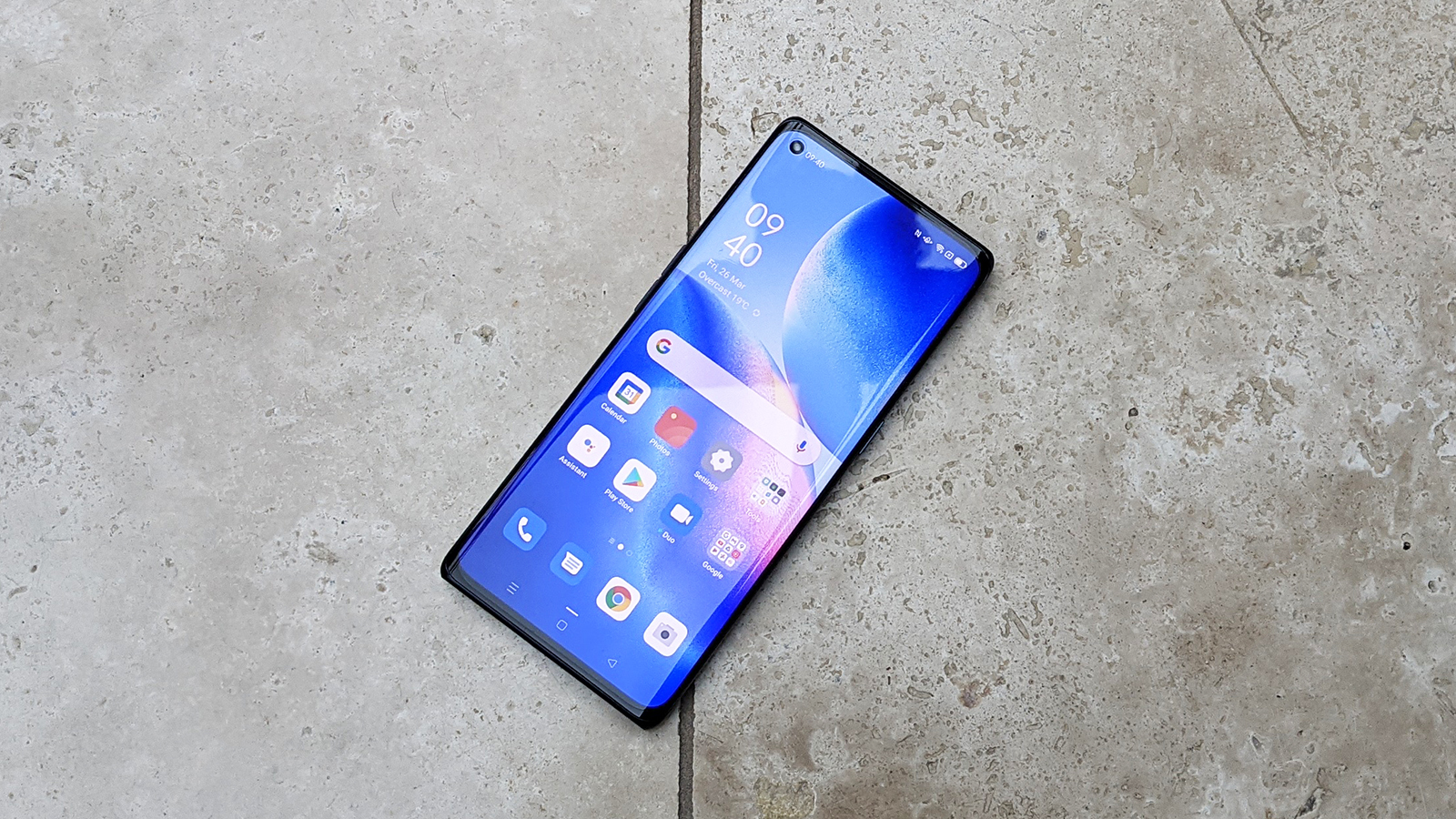
We tested the capability of the screen on the Neo through photo apps, video streaming apps, games and more, and it passed with flying colors each time. There's no hint of lag, or ghosting, or dullness, and we'd say it's one of the best display panels you can get at this price. While you can find displays with greater sharpness in terms of dots per inch, on a screen this size it doesn't make a huge amount of difference.
Ramp up the brightness to the maximum (a whopping 1100 nits according to Oppo), and the phone is very much usable outdoors in bright sunlight. You can also make tweaks in the display section of the phone settings: there are cooler and warmer options for the screen temperature as well as the standard default, while there's also a setting for reducing your eyes' exposure to blue light late at night.
Camera
- Quad-lens rear camera
- Performs well in low light
- Ultrawide and 2x optical zoom
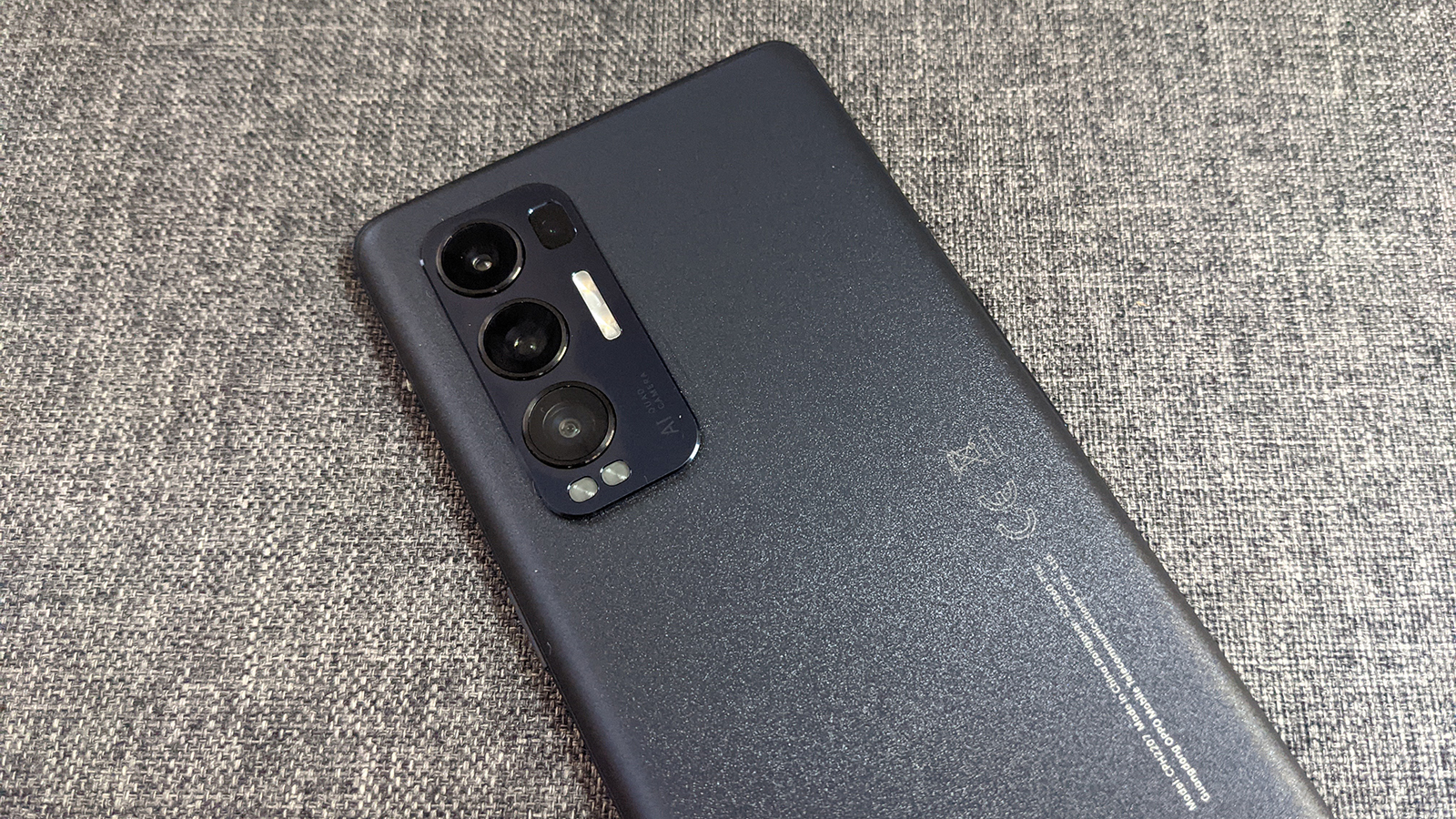
We like what Oppo has done with the rear camera on the Find X3 Pro, and the Find X3 Neo holds up well in this department too, even if the specs of the cameras have been dialed down a little. There's a quad-lens 50MP wide, a 13MP telephoto, a 16MP ultrawide and a 2MP macro rear camera here. There'a also a 32MP wide selfie camera on the front.
That primary 50MP IMX766 lens is the same one as on the Pro model, custom made by Sony for Oppo, and it does an impressive job of capturing light and detail. The photos captured by the rear camera are bright, balanced and sharp, with plenty of detail showing through when you examine them closely, and natural color levels throughout.
Shutter speed is fast, focus is almost instantaneous, and in every challenge that we put to the Oppo Find X3 Neo it managed to get a very good shot. The ultrawide mode is there to cram more into a frame if you need to – and thankfully colors aren't distorted too much along the way – while the telephoto lens offers 2x optical zoom for getting closer to whatever it is you're snapping.
Once you go past that 2x optical zoom the rear camera does start to struggle, but if you absolutely have to use the digital zoom then you can get something that's usable most of the time. The photos that you end up with are more than good enough for social media, and sharing with friends, and that's all that most of us ask for.
Low light performance is fantastic too, with or without the night mode enabled: even in very dark scenes, the Neo's rear camera is able to grab lots of detail and color from a scene, and it can even pick out the stars in the night sky. It can occasionally have issues with focus and noise, but overall the results you get are hard to fault.
A word too on the video capture, which goes up to a 4K resolution at 30 frames per second: the footage you get from the phone is smooth and polished, and Oppo has deployed a few neat tricks to make sure colors and details are well balanced, video subjects stay in focus, and low light scenes are still visible. Everything considered, it's definitely one of the best camera packages you can get on a phone at this price.
Camera samples





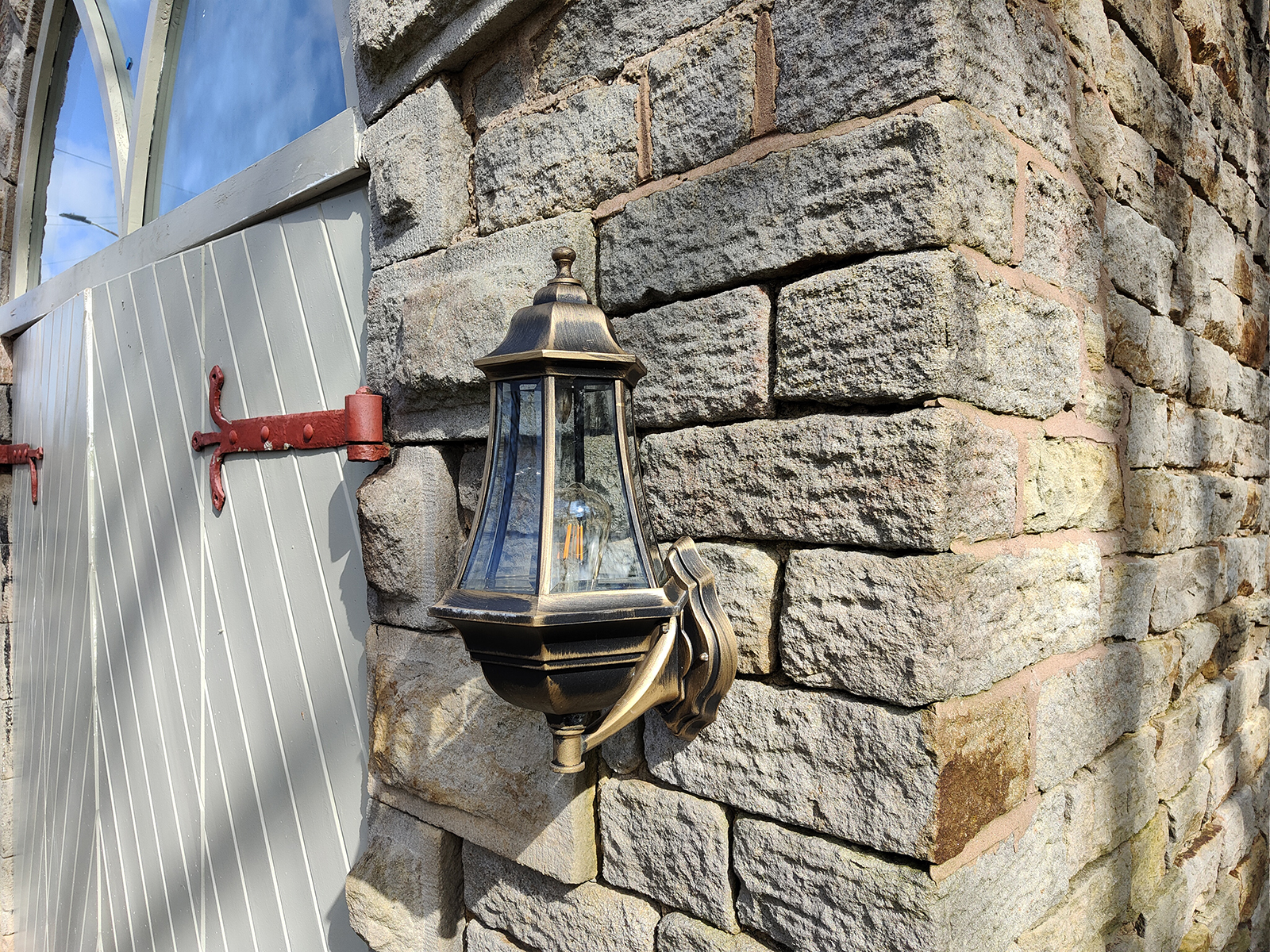


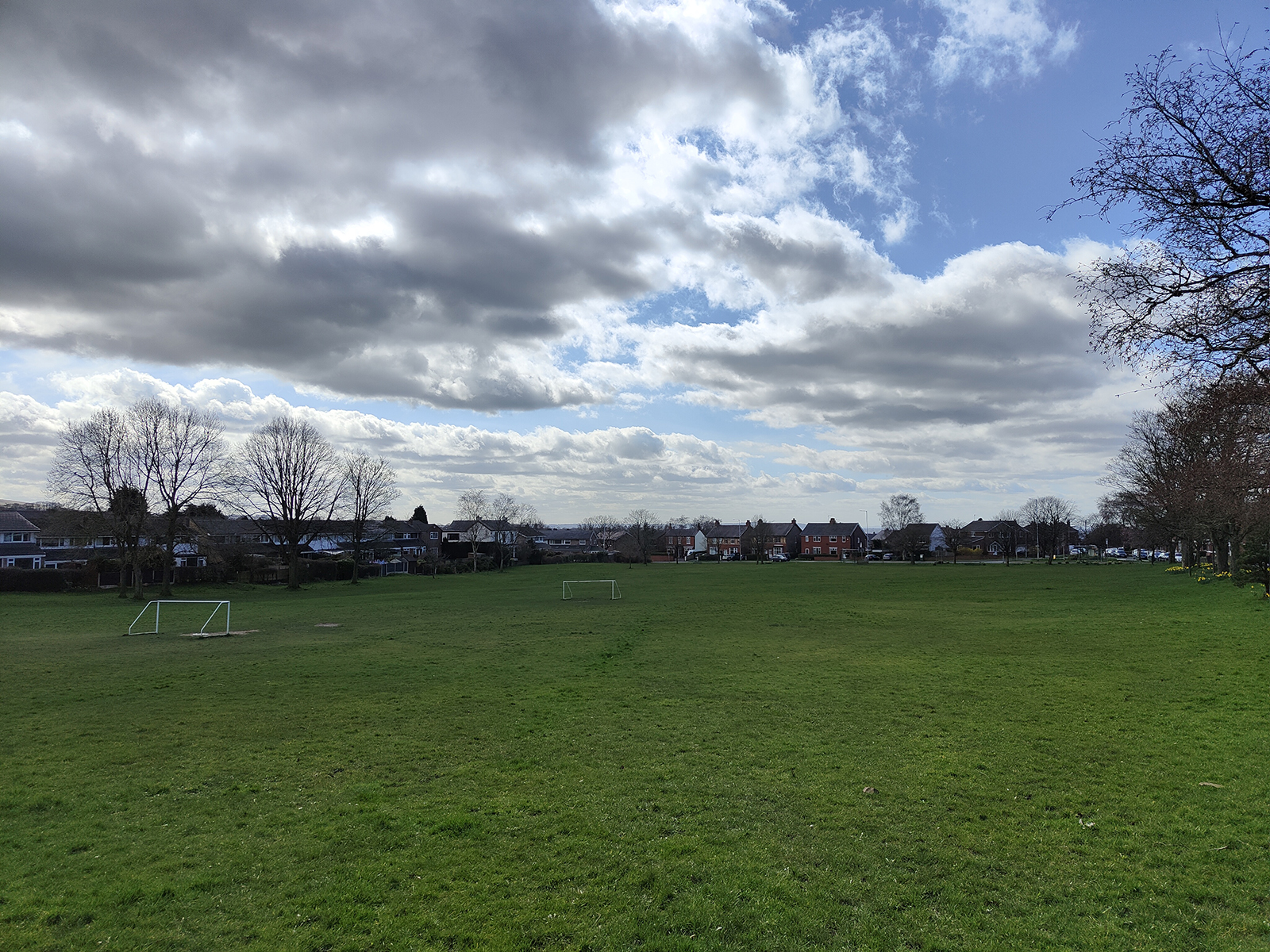
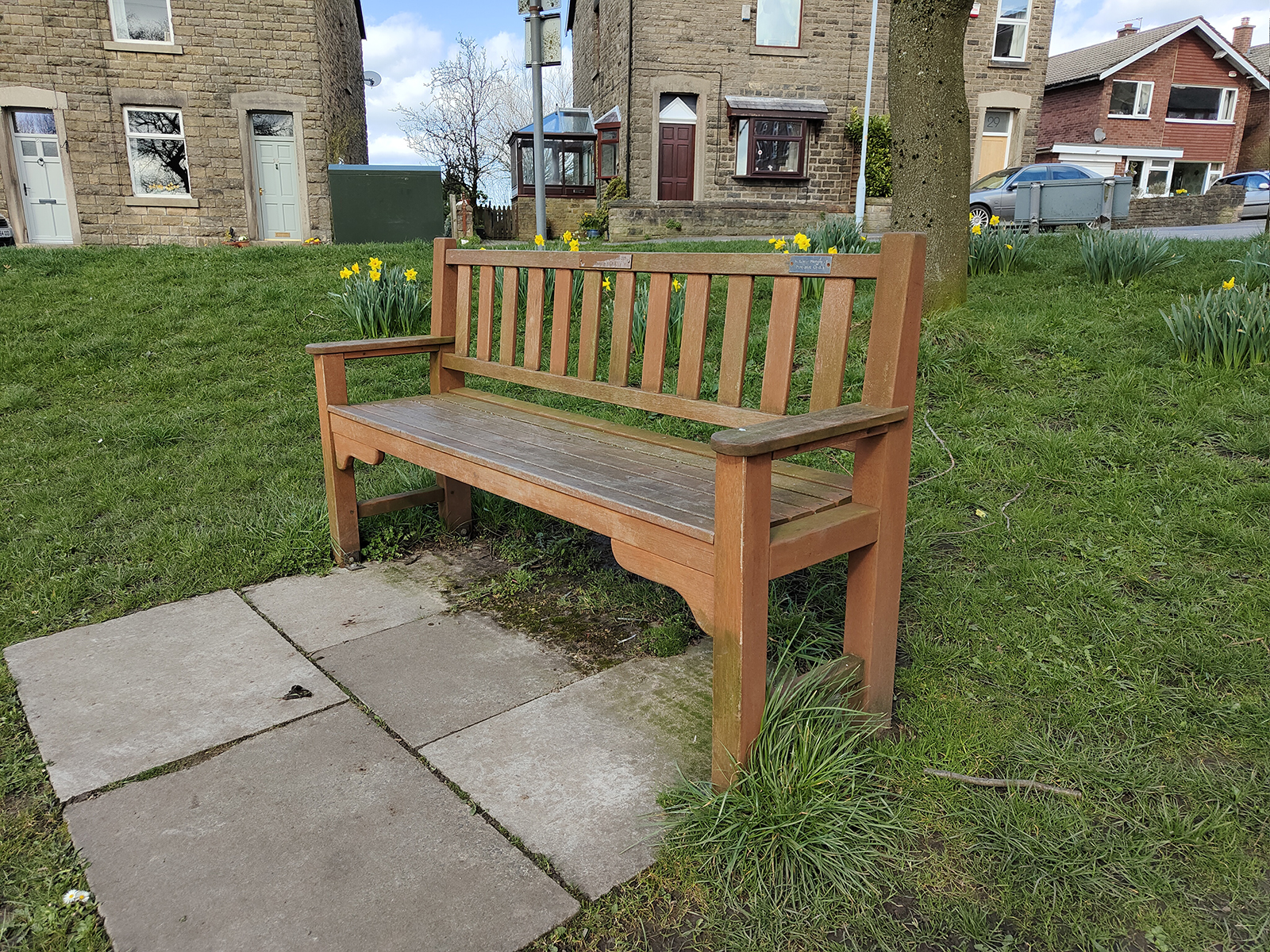
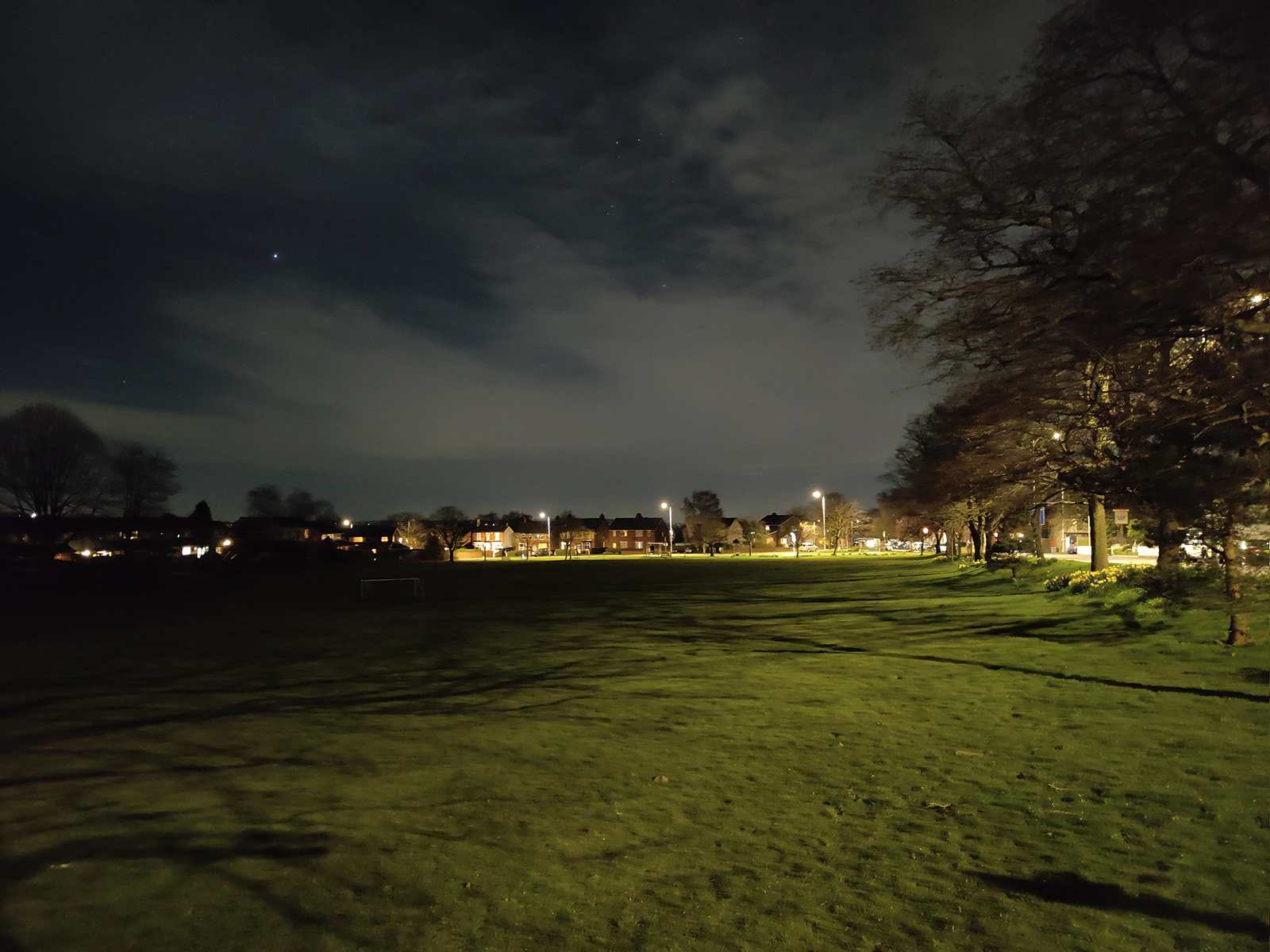

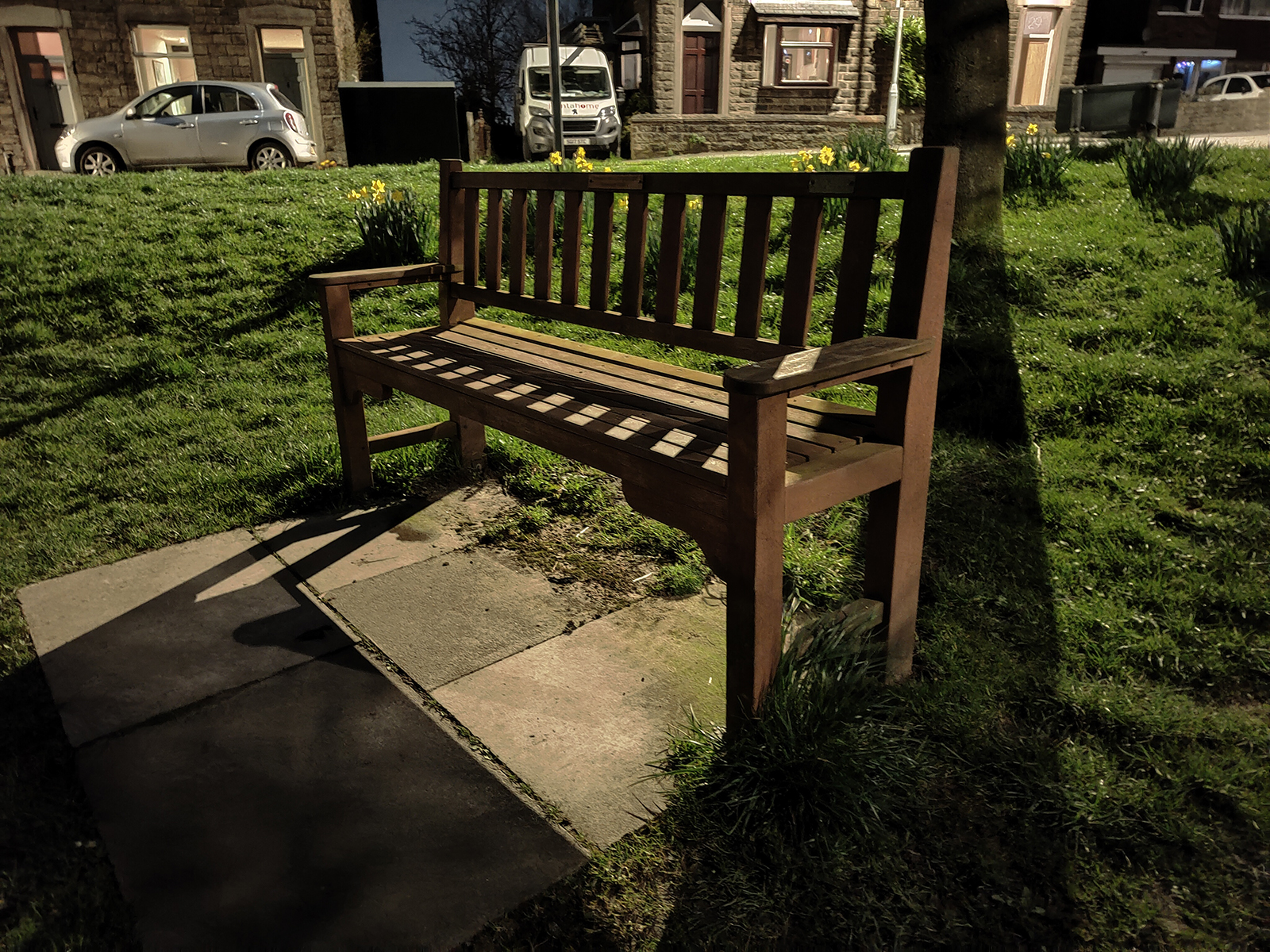

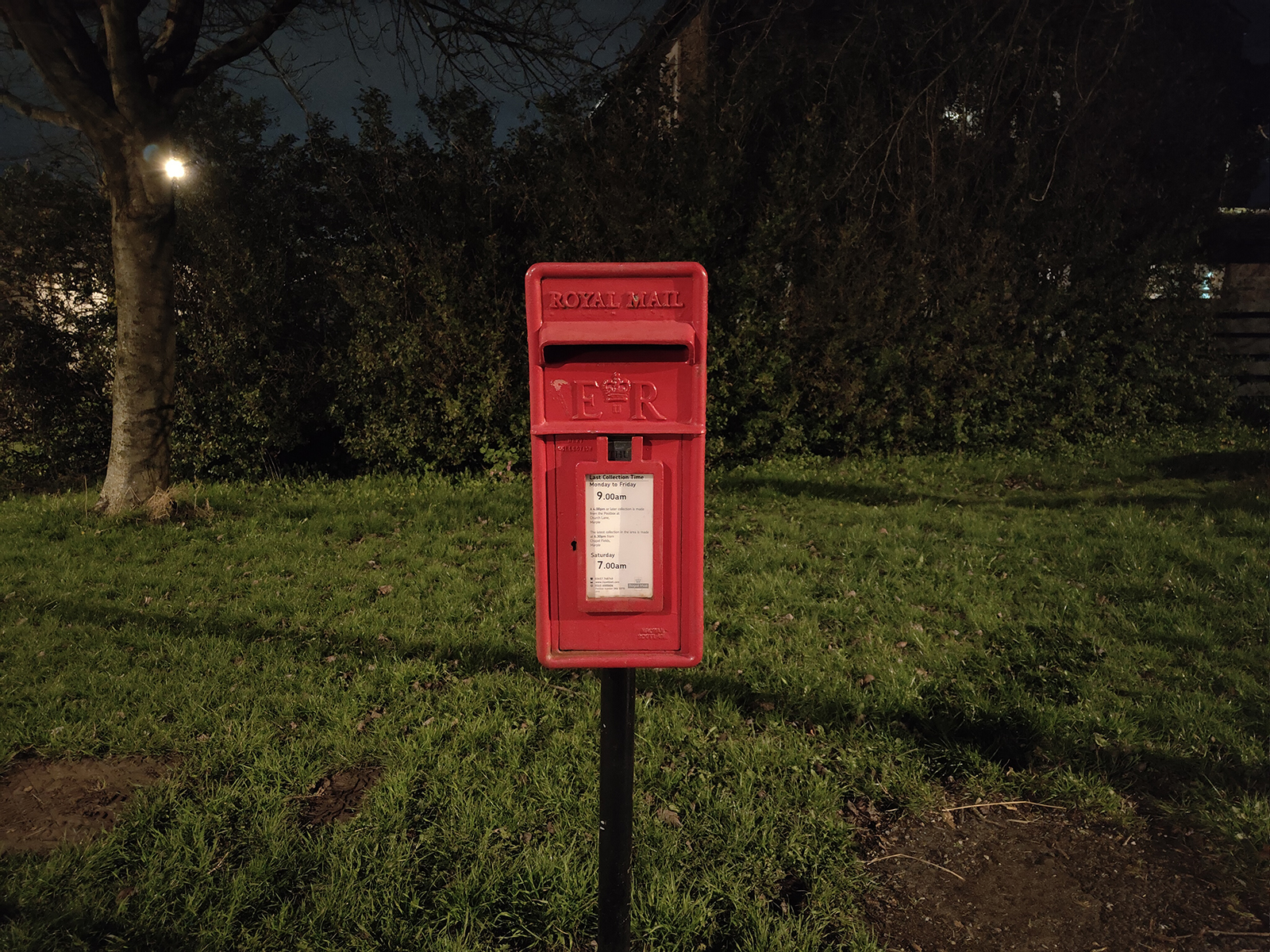
Specs and performance
- Powered by the Snapdragon 865
- An impressive 12GB of RAM
- No issues with apps or games
The Oppo Find X3 Neo is powered by the Snapdragon 865 chipset from Qualcomm, which don't forget was the flagship CPU for Android phones last year (at least until the 865 Plus showed up). In other words, the processor might be a year old, but it's still one of the best in the business, and everything speeds along very nicely on this phone.
The impressive specs continue with a hefty 12GB of RAM and 256GB of internal storage (which isn't expandable). We're talking power user specs here, and even if the phone is slightly slower than the Snapdragon 888-powered Pro model, we don't think most users are particularly going to notice the difference.
We put the Neo through its paces in a number of racing and first-person shooter games and it didn't skip a beat in terms of frame rates or lag – there's actually a Game Space app that supposedly optimizes performance for gaming, but we're not sure how effectively it actually is. With or without Game Space, this is a phone that will run the most demanding Android games on the Play Store and run them well.
It's the same story with running video editing apps, opening up multiple browser tabs, or trying to jump quickly between apps: you're going to have to work very hard to use up all the power and memory that the Oppo Find X3 Neo has at its disposal. You might well reasonably ask why you need the Snapdragon 888 processor when the Snapdragon 865 is still such a good performer.
Geekbench 5 scores of 915 in single-core, 3137 in multi-core, and 4514 in OpenCL emphasize the power under the hood of the Neo: unsurprisingly, those scores are similar to those from other handsets toting the Snapdragon 865, like the OnePlus 8. You're going to get a good few years of service out of this handset.
5G is on board, as is pretty much the norm now, and the software is Oppo's own ColorOS on top of Android 11. It's not the worse Android skin we've ever seen, but nor does it have the clean and simple feel of stock Android – we could do without the superfluous Photos app, the extra File Manager, the Phone Manager utility that we don't really see the point of, and the meditation-style O Relax app, thanks all the same Oppo.
The Oppo Find X3 Neo doesn't come carrying the very best specs that you'll find on an Android phone this year, but it gets pretty close – and it can definitely hold its own with the top flagships. Most users will find there's more than enough power at their disposal here.
Battery life
- 4,500 mAh capacity battery
- Comfortably lasts a day
- No wireless charging support
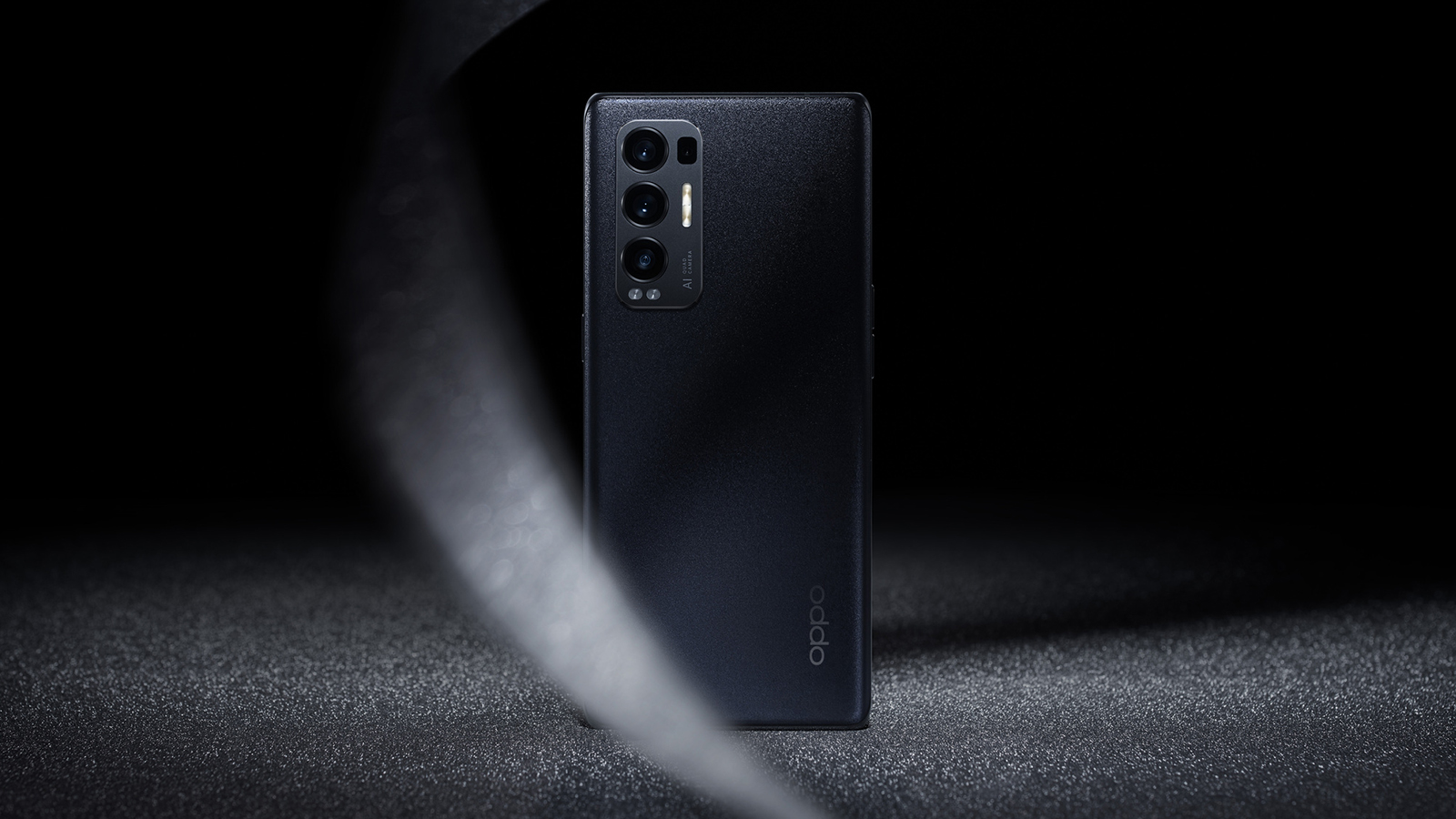
The Oppo Find X3 Neo comes with a respectable battery capacity of 4,500mAh, and in our tests it comfortably lasted through a day of regular use with some to spare – around 25% on average. If you're really pushing it in terms of gaming, navigation and so on, you might run out of juice by the end of the day; if you're just going to keep it in a drawer, two days between charges is very possible.
In the times when we weren't using the Neo at all, the battery drained very slowly indeed: this is a good phone for lasting a long time in standby mode. Oppo itself hasn't offered an estimate of the average battery life you can get from this phone, but we don't think you're going to have any worries on this front.
Part of the lack of battery anxiety around the Oppo Find X3 Neo comes from the 65W charging speed: you can plug it in and get a full charge from zero in just over 30 minutes, which is pretty astonishing when you think about it. When charging is so fast, you don't have to worry quite so much about being cut short – just a five-minute charge before you go out of the door is going to make a significant difference.
There's no wireless charging though, which is a shame at this price. Wireless charging may lack the speed of standard charging over a USB cable, but you can't beat it in terms of convenience – and it's a feature that you'll find on many mid-range phones at the moment, so the Neo is something of an outlier in this regard.
In terms of constant use – games, videos and so on – we were seeing drops of around 10-12% per hour, so it's still going to survive an entire day trip even if you have the screen on all the time (lower the display brightness and you can probably do better than that). We didn't notice the battery ever getting noticeably hot either, which is another bonus.
Should I buy the Oppo Find X3 Neo?
Buy it if...
The Pro is too expensive for you
The Find X3 Neo is a downgrade from the Find X3 Pro, but it's significantly cheaper too – and we think that a lot of the trade-offs are ones that you're going to be willing to make.
You want great photos and videos
There's no doubt that the quad-lens rear camera on the Oppo Find X3 Neo is one of the best around at this price point, no matter what kind of lighting you are shooting in.
You need a phone that lasts
While this handset is by no means a game-changer when it comes to battery life, it is above average in how long it lasts between charges – and that 65W charging is very welcome too.
Don't buy it if...
You want the best specs around
While the Snapdragon 865 is a very capable chipset, it's also a year old now: the Oppo Find X3 Neo is still nice and fast, but age will catch up with it more quickly than the Pro model.
You're clumsy with your phone
One of the cutbacks that Oppo has made here is removing the dustproofing and waterproofing from the Neo model – and that's likely to be important for a lot of users.
You don't like fiddly software
There's nothing that's particularly wrong with the ColorOS software that Oppo puts on top of Android, but we prefer the clean and bloat-free experience of the stock software.
First reviewed March 2021

Dave is a freelance tech journalist who has been writing about gadgets, apps and the web for more than two decades. Based out of Stockport, England, on TechRadar you'll find him covering news, features and reviews, particularly for phones, tablets and wearables. Working to ensure our breaking news coverage is the best in the business over weekends, David also has bylines at Gizmodo, T3, PopSci and a few other places besides, as well as being many years editing the likes of PC Explorer and The Hardware Handbook.
